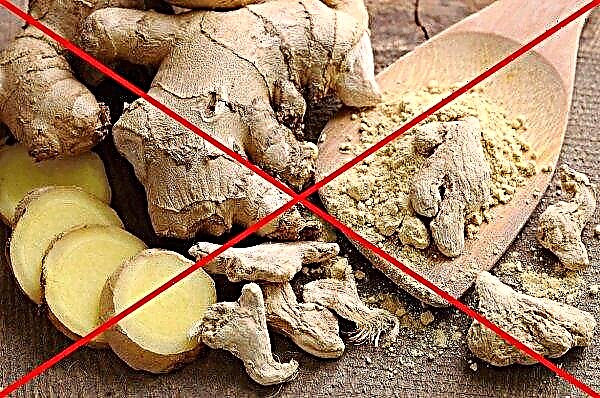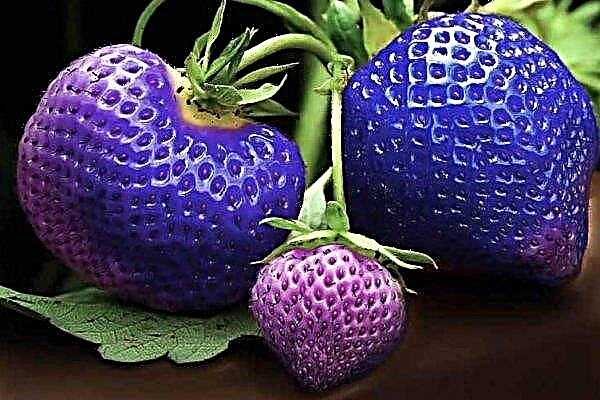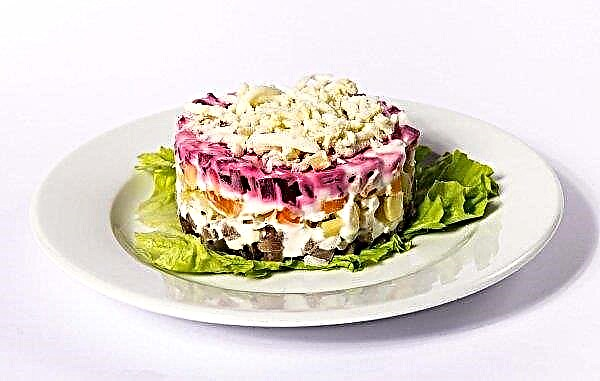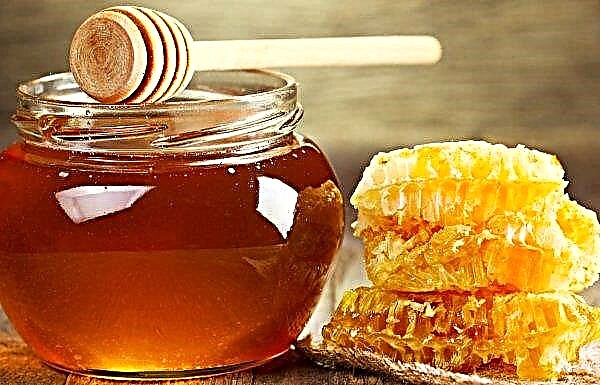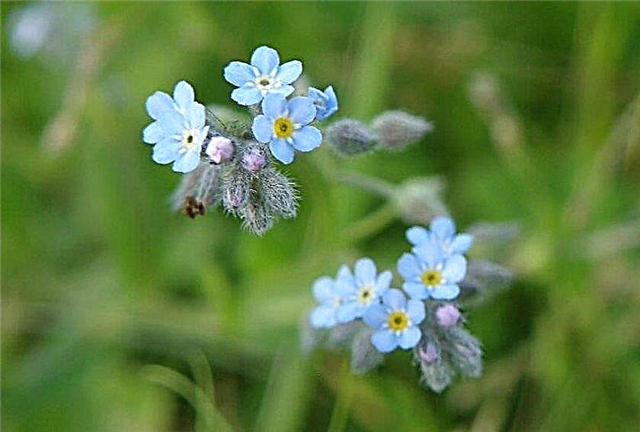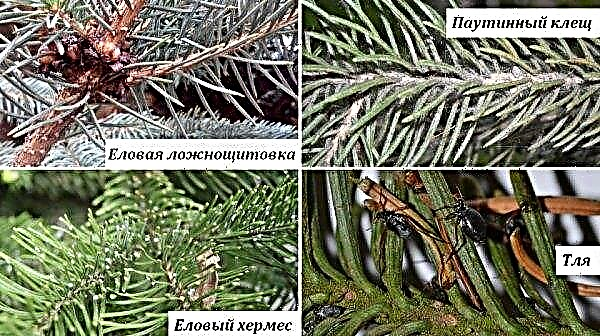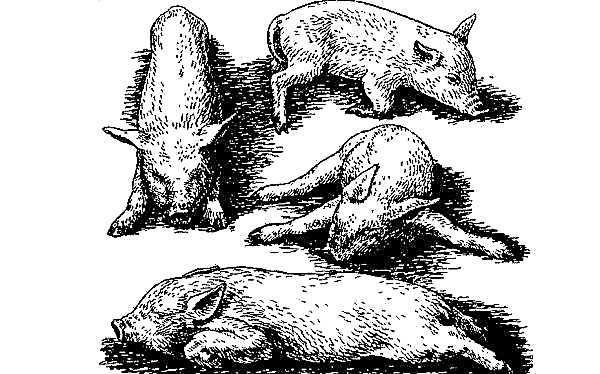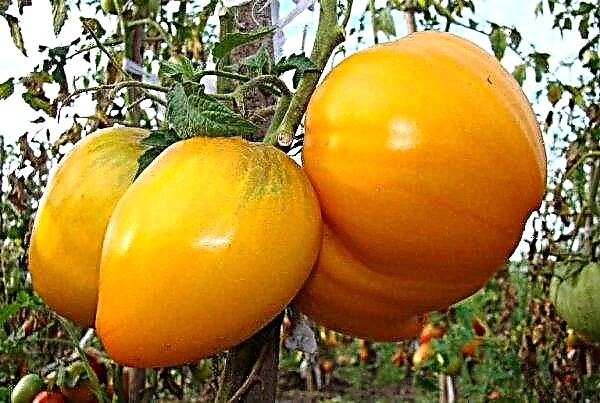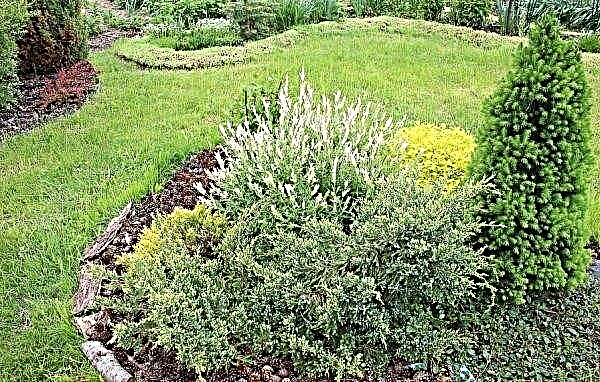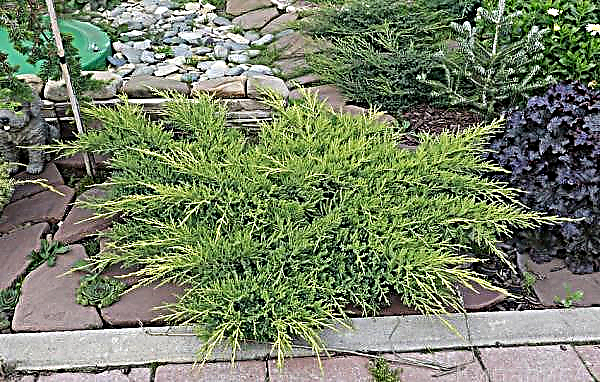Pasynkovanie cucumbers is desirable for optimal plant growth and obtaining high quality fruits. Each type of plant has its own pruning technology. About the rules and schemes of pinching of cucumbers of different varieties in the greenhouse, and we will discuss this review.
Should I cucumber in a greenhouse?
The yield of finished products, cucumbers, depends on the total area of leaf mass. The more leaves there are on a plant, the more photosynthesis is active and the more energy is produced to produce fruits.
But a large amount of leaf mass is plant thickening, poor ventilation, favorable conditions for the development of fungi and pests. Individual leaves are removed to improve ventilation. In addition, plants are not adapted by nature for maximum fruiting. And a large mass of leaves will take away nutrients from the fruit. The harvest will not be very large, and the fruits are not very large. Therefore, periodic pinching of cucumbers, from planting to harvest, is necessary.
Important! The leaf removal procedure is a stress factor for the plant. Try not to overdo it. Take away more — and the plant will lose color or the fruit will warp.
Dates, basic rules for pinching cucumbers in a greenhouse
Timing is determined by the development of plants. 3-5 weeks after planting the seedlings in a permanent place and when they reach a height of about 0.4-0.5 m, the time for pinching comes. You can meet this designation of this moment: “in the phase of the 7th formed leaf”, when flowering begins and side shoots appear. It is better to start pruning earlier to reduce damage to the vine.
There are several schemes for the formation of cucumber vines, on which the scheme depends:
- In the territory of the former Soviet Union, the plant is often formed into one stem with support on a vertical pillar. Upon reaching maximum height, pinch the top. Shoots formed in the axils of the leaves are removed so that on the bottom of the cucumber vine at the growth point there is one leaf and several ovaries. The middle part of the plant is made out, leaving the ovary and 2 sheets each. And in the third, upper part - 3 sheets and ovaries.

- If the lattice is used as a support, then practice the formation in one trunk to a certain height, and then leave the 2 upper side shoots and let them in opposite directions, followed by dropping the vine down. Such a plant can give a larger crop. At the same time, all other lateral stepsons are removed.

- For polycarbonate greenhouses or arched structures, the Guernsey Arch Method is used. When using this method, the plant is let through the arch or the ceiling of the greenhouse. Such cucumbers are located at a greater distance from each other and receive the maximum amount of air and light. In this case, pinching is limited to the fact that only those leaves and shoots that create a thickening of the plants are removed. The volume of photosynthesis in this case is more than enough to get a good crop with any leaf mass.

The rules of pinching depend on the scheme of formation of the bush. The main rule: to ensure proper illumination of all parts of the vine, high-quality air exchange and that the excess mass of stepsons does not interfere with the development of the fruit.
Did you know? In September 2011, at the exhibition in Shelton Male, in the UK, a peculiar record of the length of the cucumber was set. She was 107 cm.
How to properly cucumber in a greenhouse: step-by-step instructions
When choosing a growing scheme for beginners, be guided by the size of the greenhouse and the convenience in growing plants. If it is possible to supplement the bush with 2 shoots in the upper part, then it is worth a try.
Basic rules for planting and pruning:
- above 0.7 m of the main trunk, it is not advisable to leave the fruits, as this overloads the bush; at the highest point of growth, 2 shoots are left and allowed to develop in different directions;
- the remaining stepsons are removed by pinching at a height of 0.5 cm from the growth point, on each shoot no more than 1 ovary and 1 leaf will remain;
- lateral stepson should not contain more than 2 ovaries or fruits.
Control the plant during growth by changing the frequency of fertilizer application, spraying and removing side shoots. Remove damaged and crooked fruits to leave more nutrients to other fruits.
Video: Pros and cons of pinching cucumbers in a greenhouse
According to the classical scheme
The classic scheme for growing cucumbers is to form a plant in one trunk with the removal of all side stepsons.
Christmas tree pinching implies that:
- the trunk is visually divided into several parts;
- in the lower part, the leaves are more affected by moisture, so they are removed along with the ovaries;
- in the second part, pinch the shoots, leaving 1 leaf and 1 ovary;
- in the third part, 2 leaves and 2 ovaries are left;
- in the upper, fourth part, 3 sheets and 3 ovaries remain.
- This pruning is explained by several advantages:
- The lower leaves are more in contact with moist soil and bacteria that form during warm and humid weather. Removing these leaves reduces the risk of infection of the cucumber plant.
- Medium leaves receive less light due to the fact that they overlap with the upper ones, so trimming the excess leaves enough light for everyone.
Important! Proper pinching allows the bush to form a larger crop. It can increase by 20–30%.
With a female type of flowering on the main stem
The above diagram is suitable for the formation of cucumbers with dioecious flowers. Their feature is that one type of flower is formed on the trunk, and the second - on the side shoots. Therefore, be sure to save all types of flowers when pruning.
You can also apply the following scheme:
- at a height of 6–9 lower nodes, flowers and leaves are removed;
- the next 2 growth points are left at a height of 2 sheets;
- on the next two, the side shoots are removed, leaving 1 leaf with an ovary;
- for the next 8 shoots, pinching is carried out after the first leaf node of the shoot itself;
- 2 leaves are left for the next 4 shoots.

Parthenocarpic varieties and hybrids
Parthenocarpic cucumbers are self-pollinating varieties. They form beautiful fruits and do not need pollinators.
Side shoots on them also pinch, taking into account the following:
- in the lower part, at 5 leaf points, the shoot is completely removed, pinching at a height of 0.5 cm;
- for the next 6, leave 25 cm of the side stepson;
- on the next 6, leave a stepson of 35 cm;
- and above - 50 cm each.
Did you know? Cucumbers can save you from bad breath. It is enough to press a slice of cucumber with the tongue against the palate for 30 seconds. During this time, its volatile production will destroy bacteria that give an unpleasant odor.
Follow-up care
Cucumbers cling to the antennae and, in order to maintain the stability of the bush, they are not cut. After trimming, you need to monitor the soil moisture. Make sure that all fruits receive enough light and moisture.

What cucumbers do not need to pinch
Shrub varieties grow well in a small space. This easy-to-grow species can grow on a bed, in a container and, in principle, almost everywhere. Care for them consists in daily watering and periodic top dressing. They can be tied. The distance between leaves and flowers along the vine is much shorter than ordinary cucumbers. Accordingly, their vines are shorter and do not need pinching. In addition to the word “bush”, the term “compact” may appear in the description of such varieties.
When choosing cultivars that form a single vine, consider the features of their agricultural technology. Proper development and care of plants will surely provide you with a good harvest.




